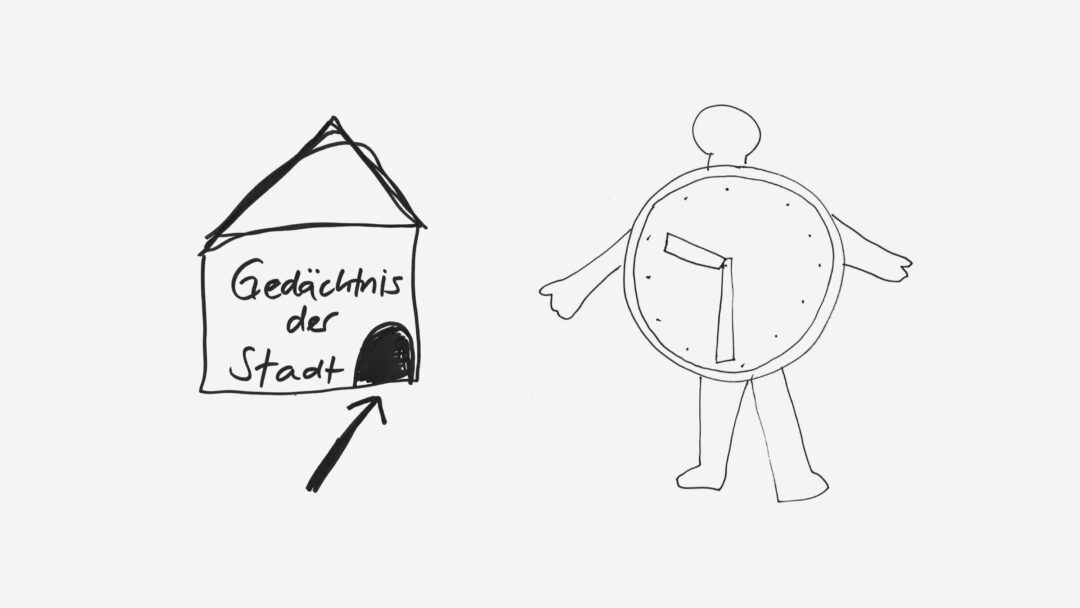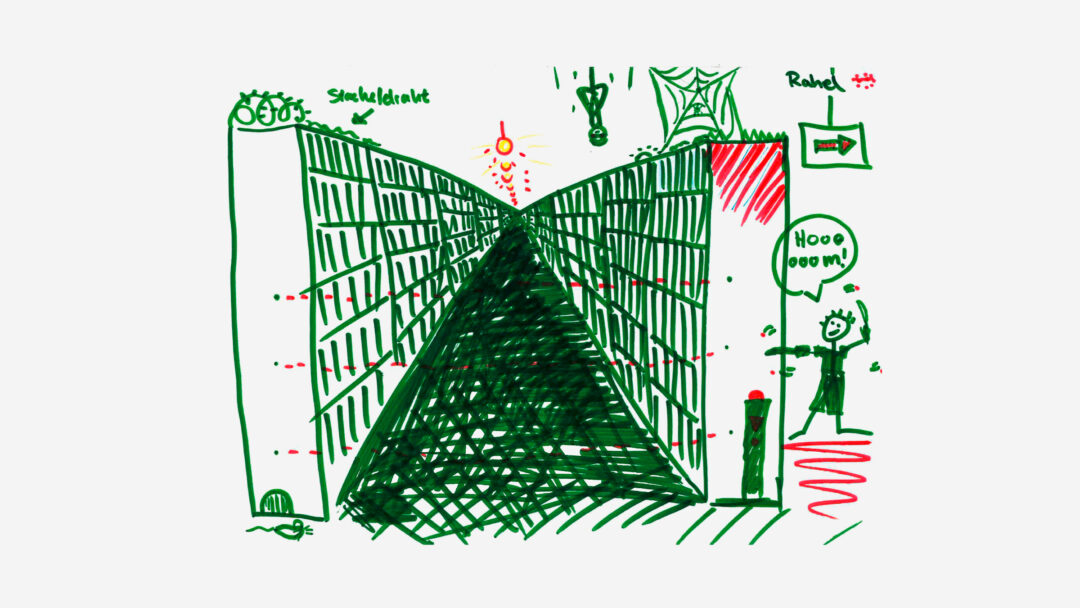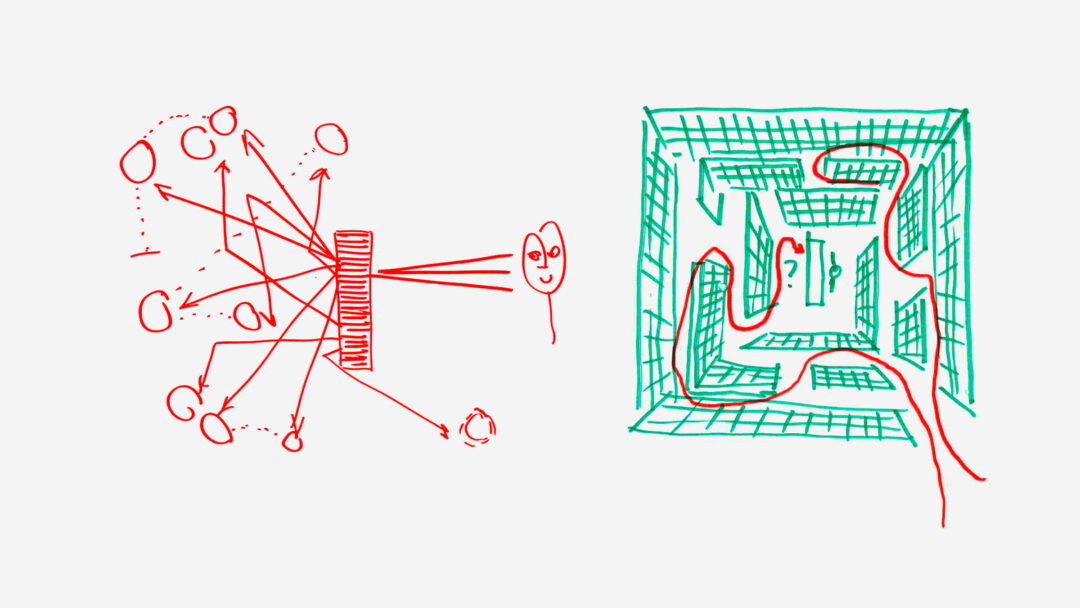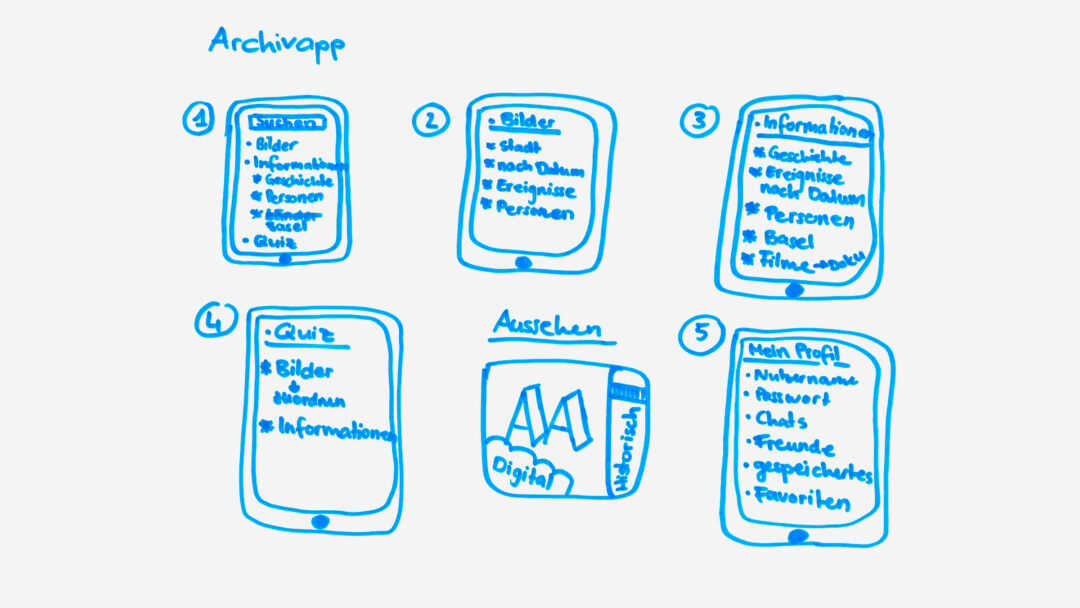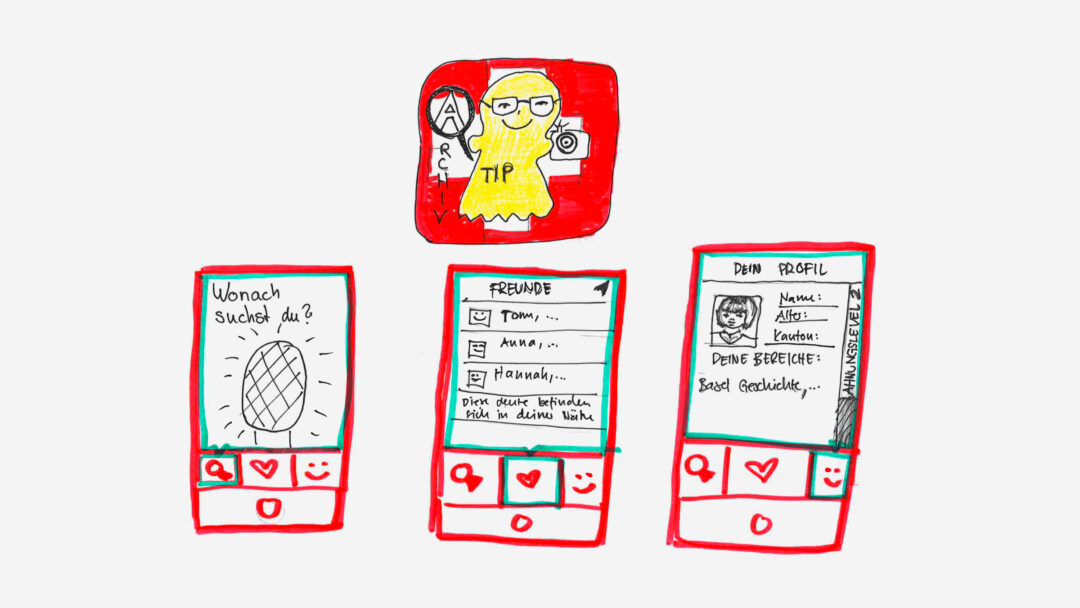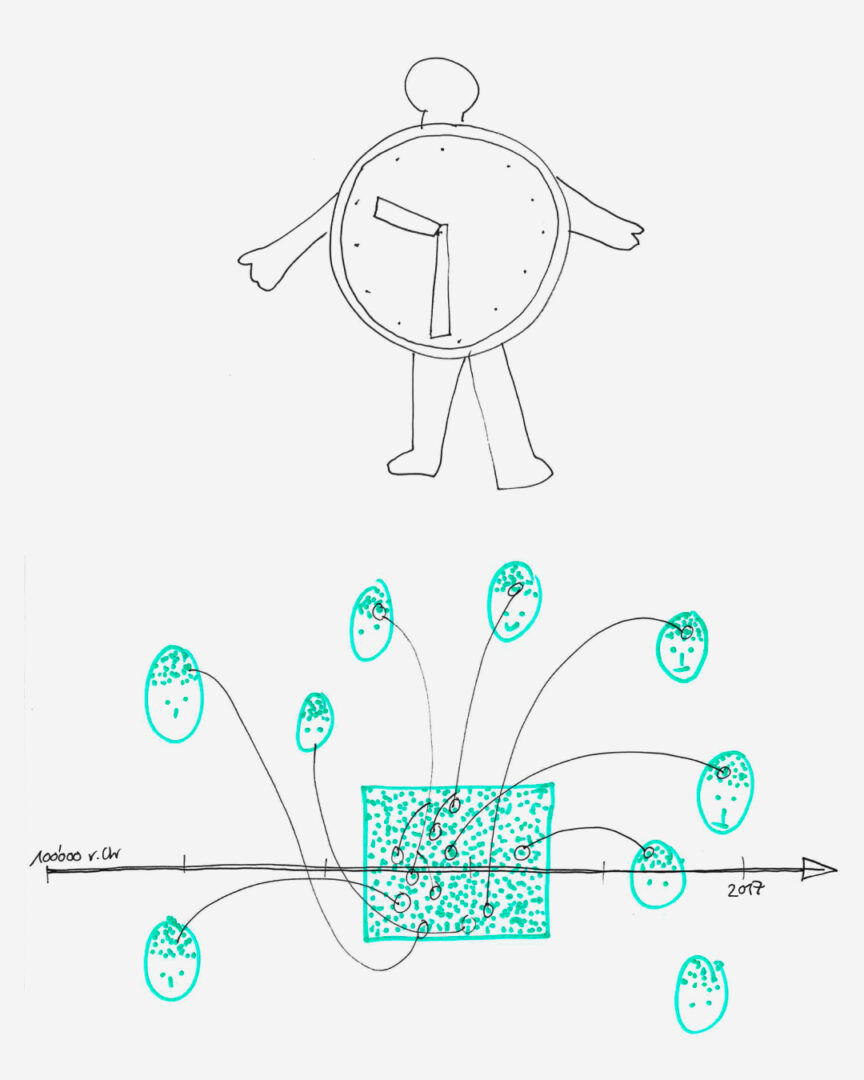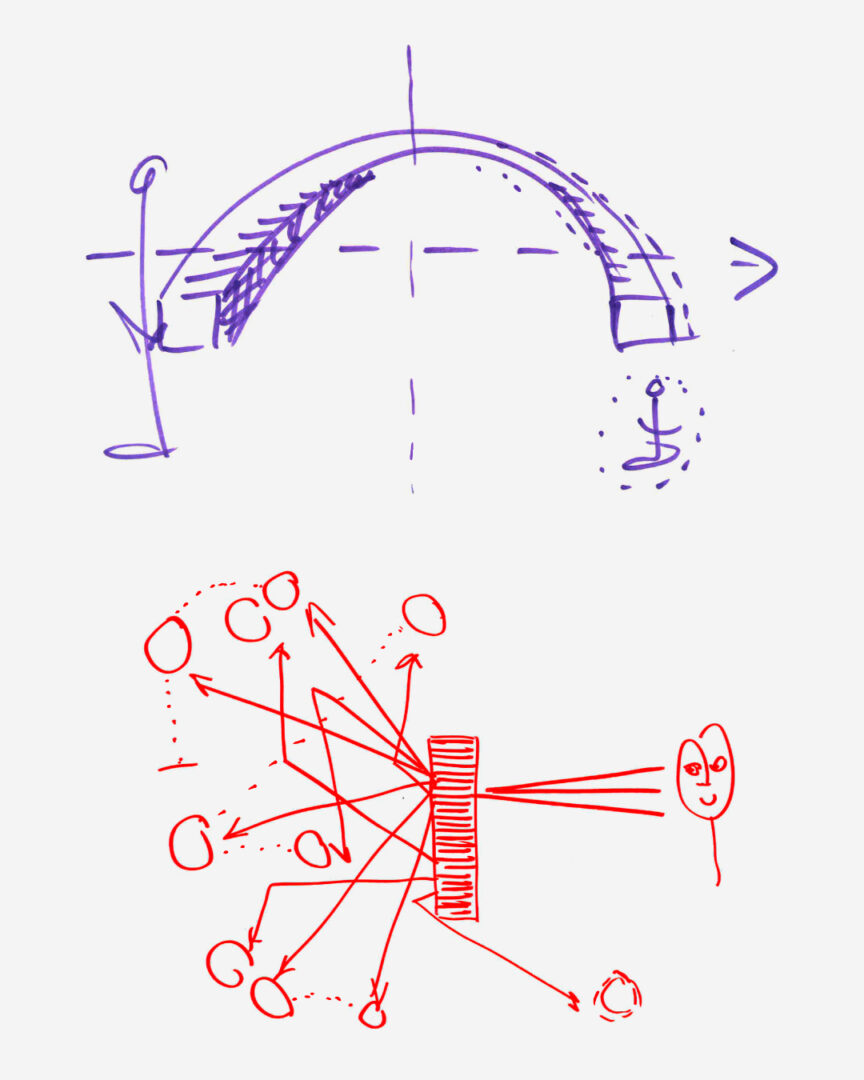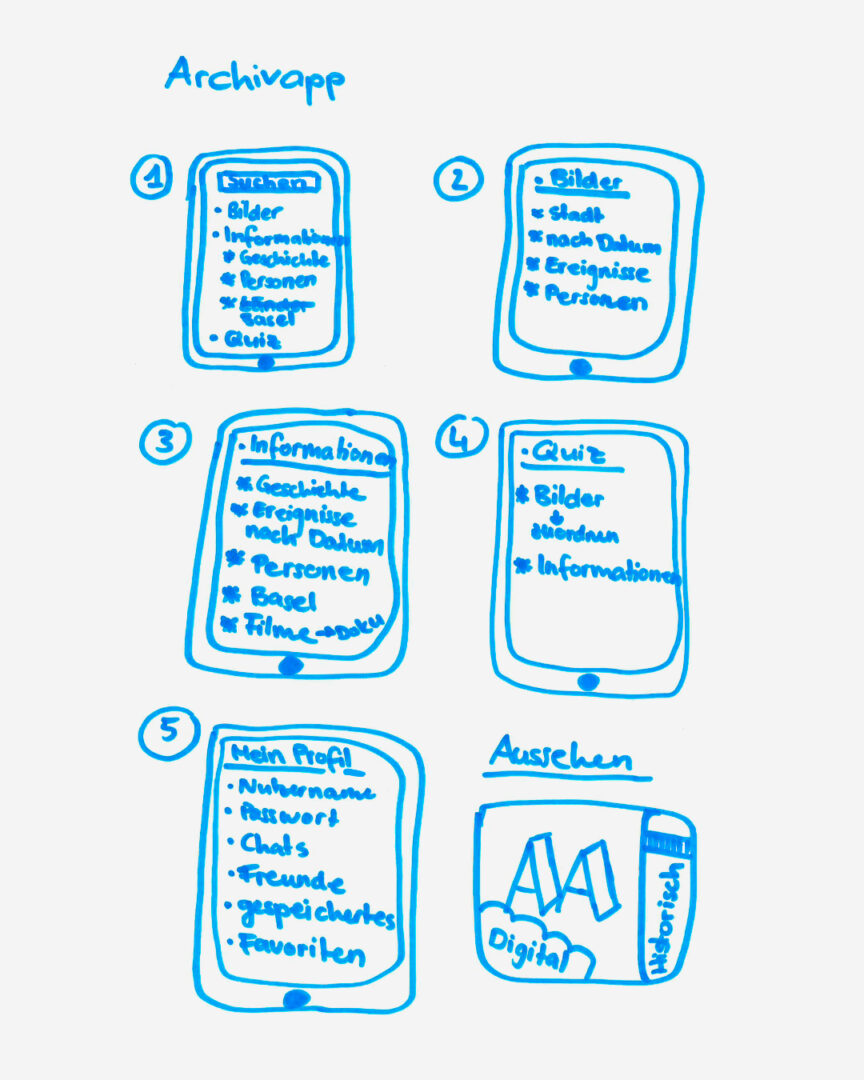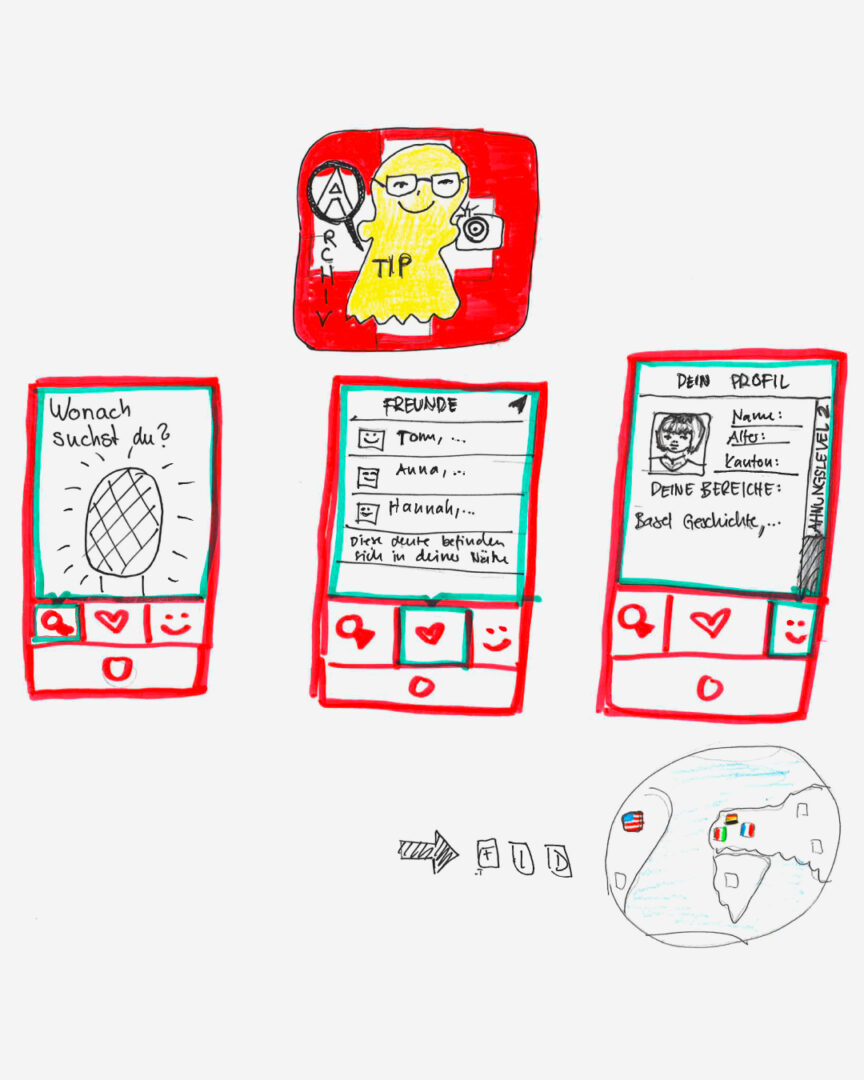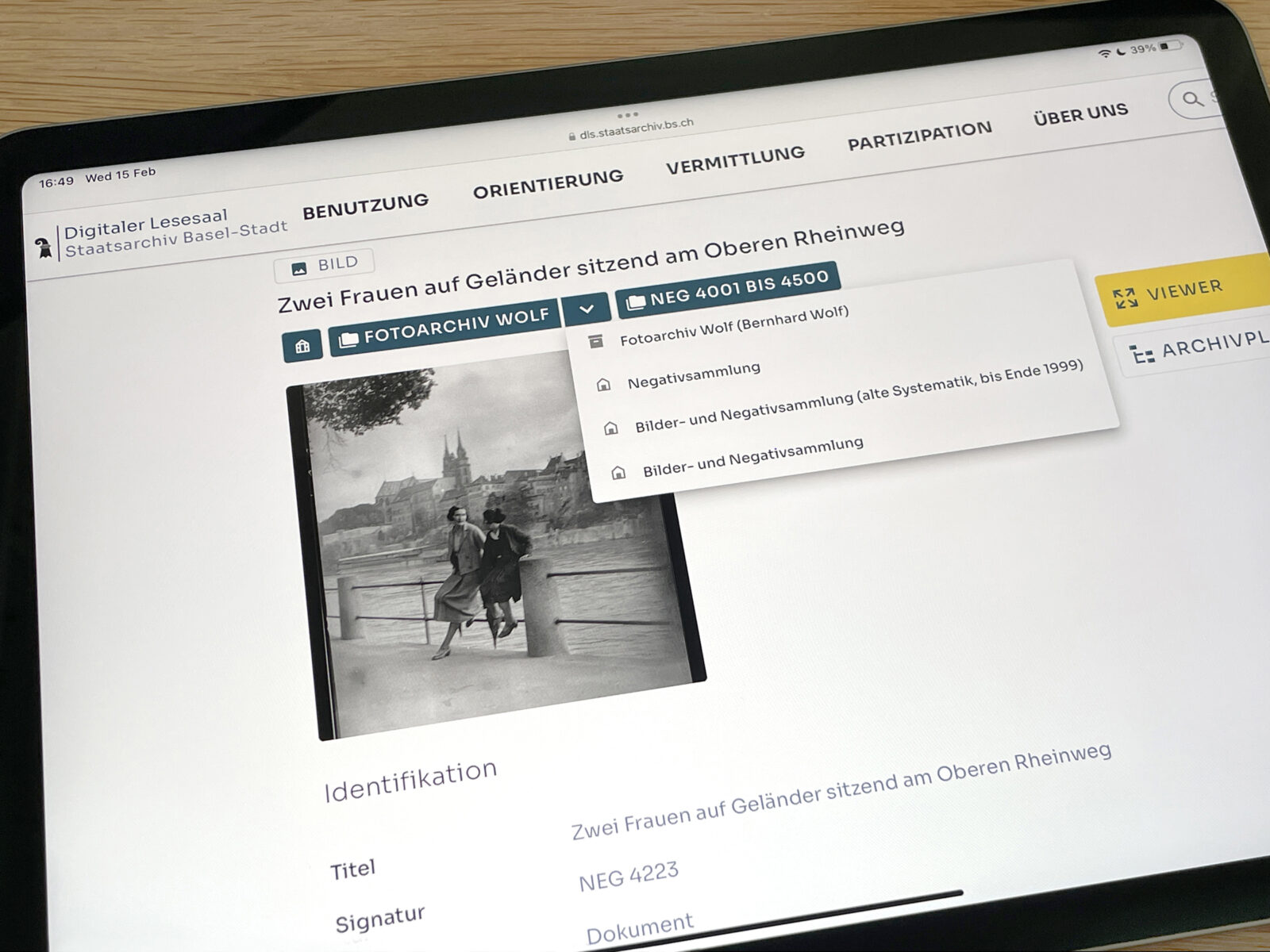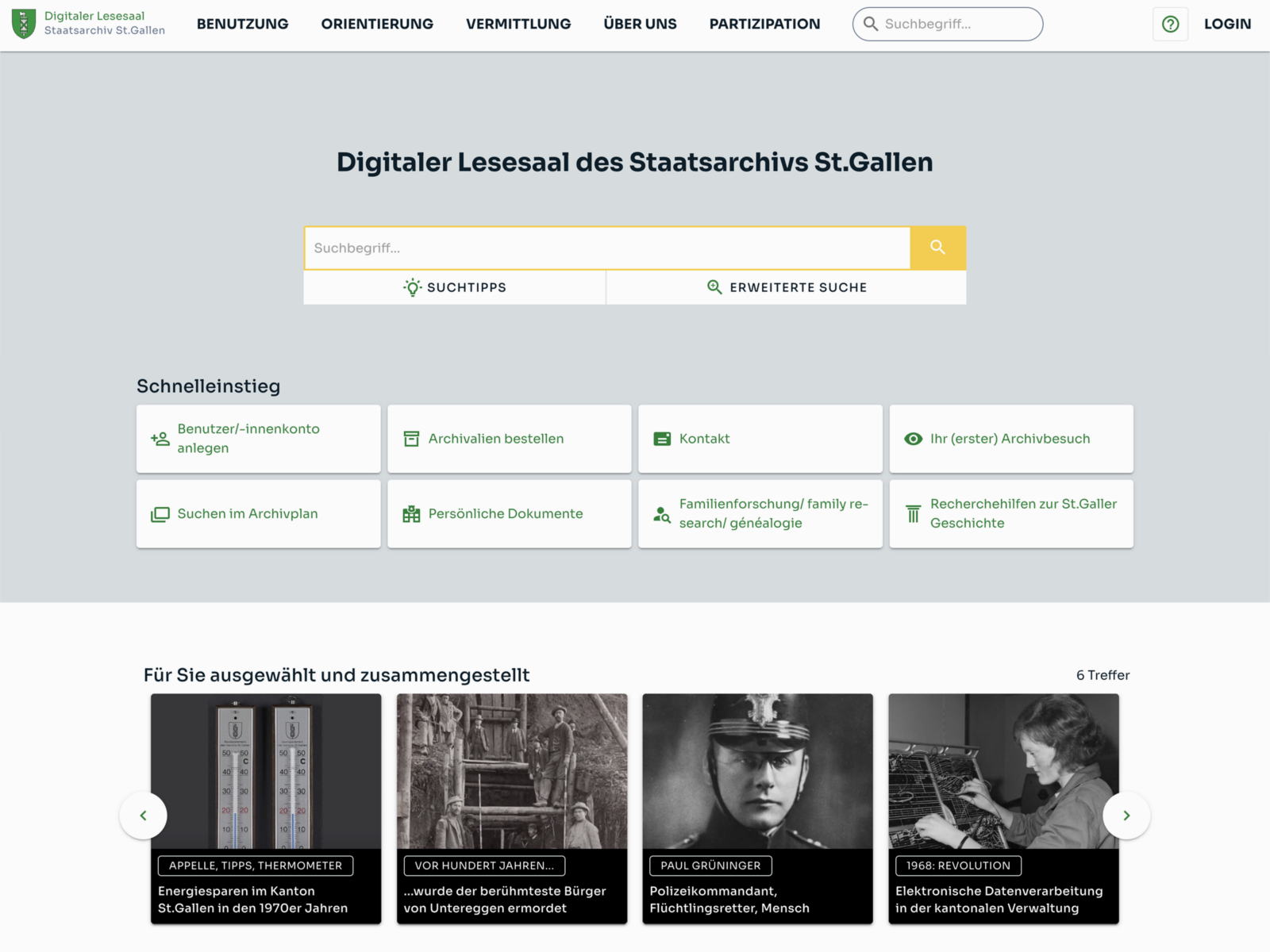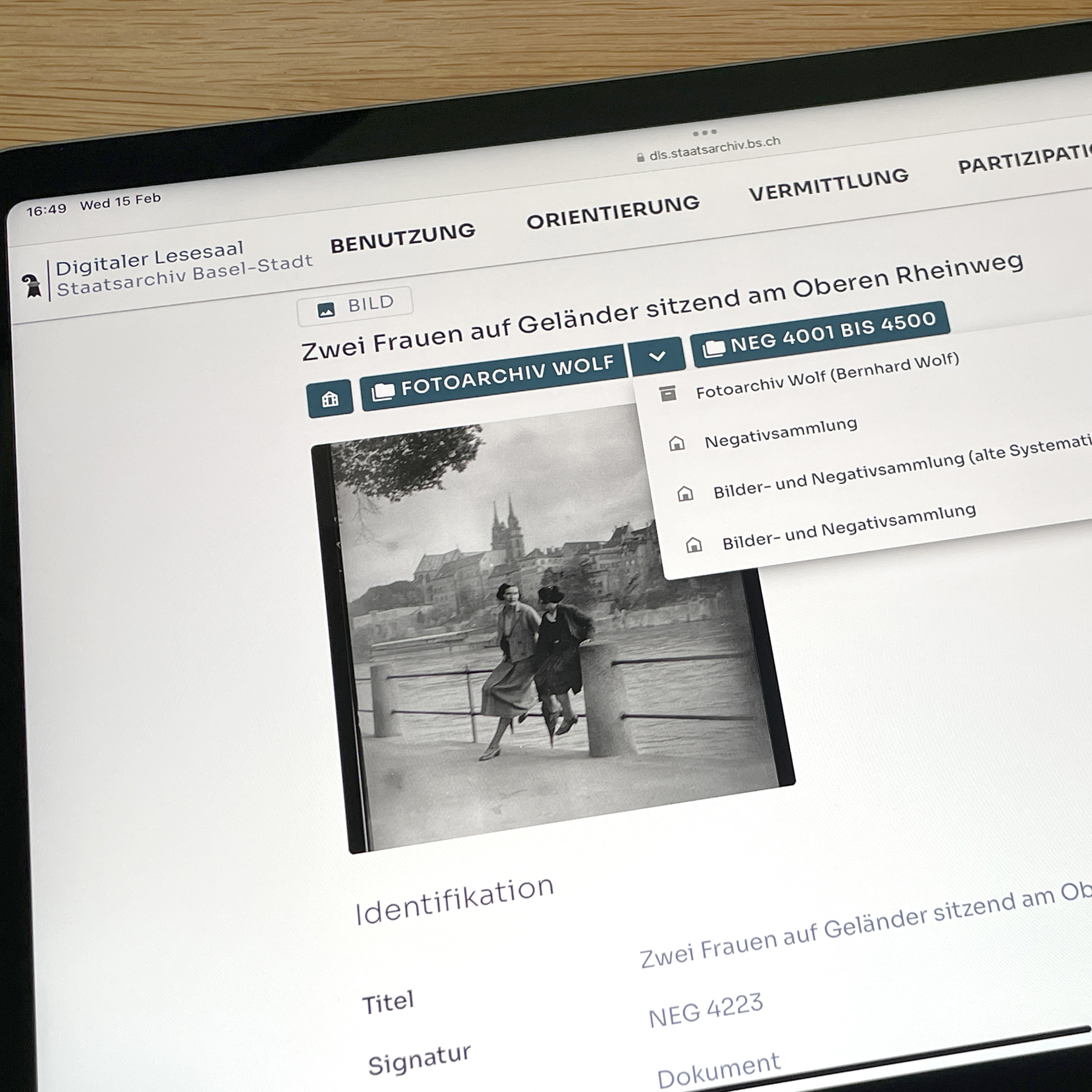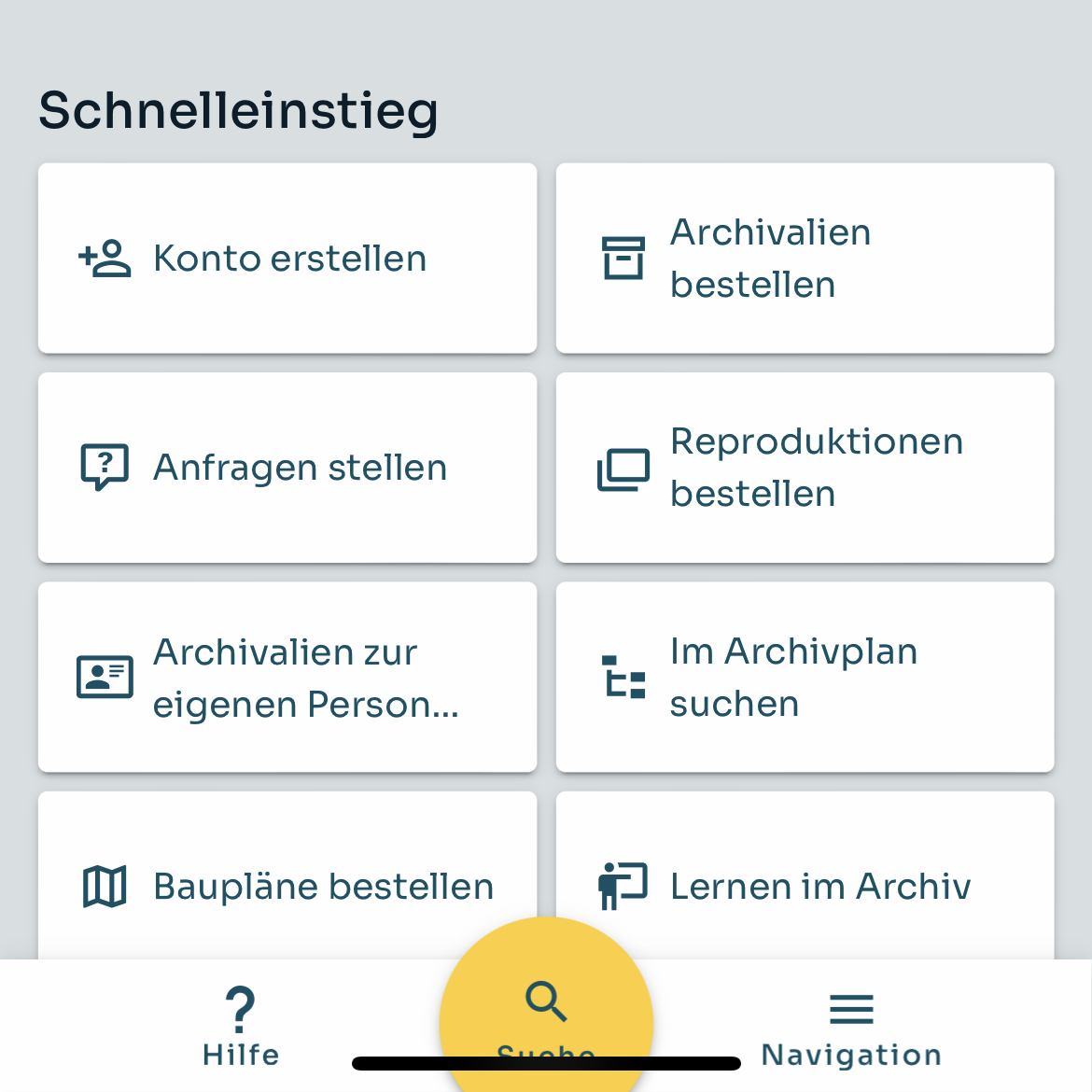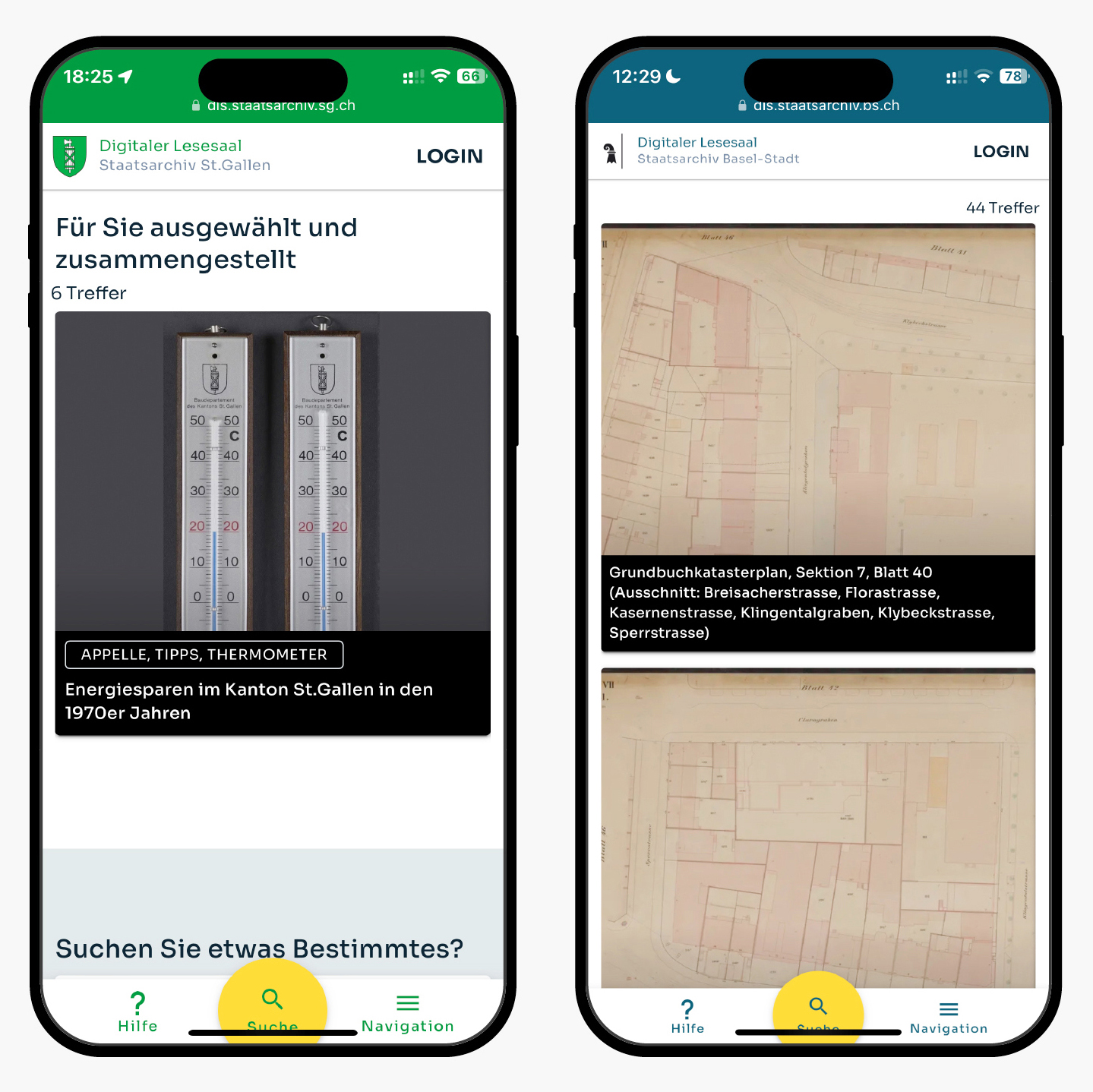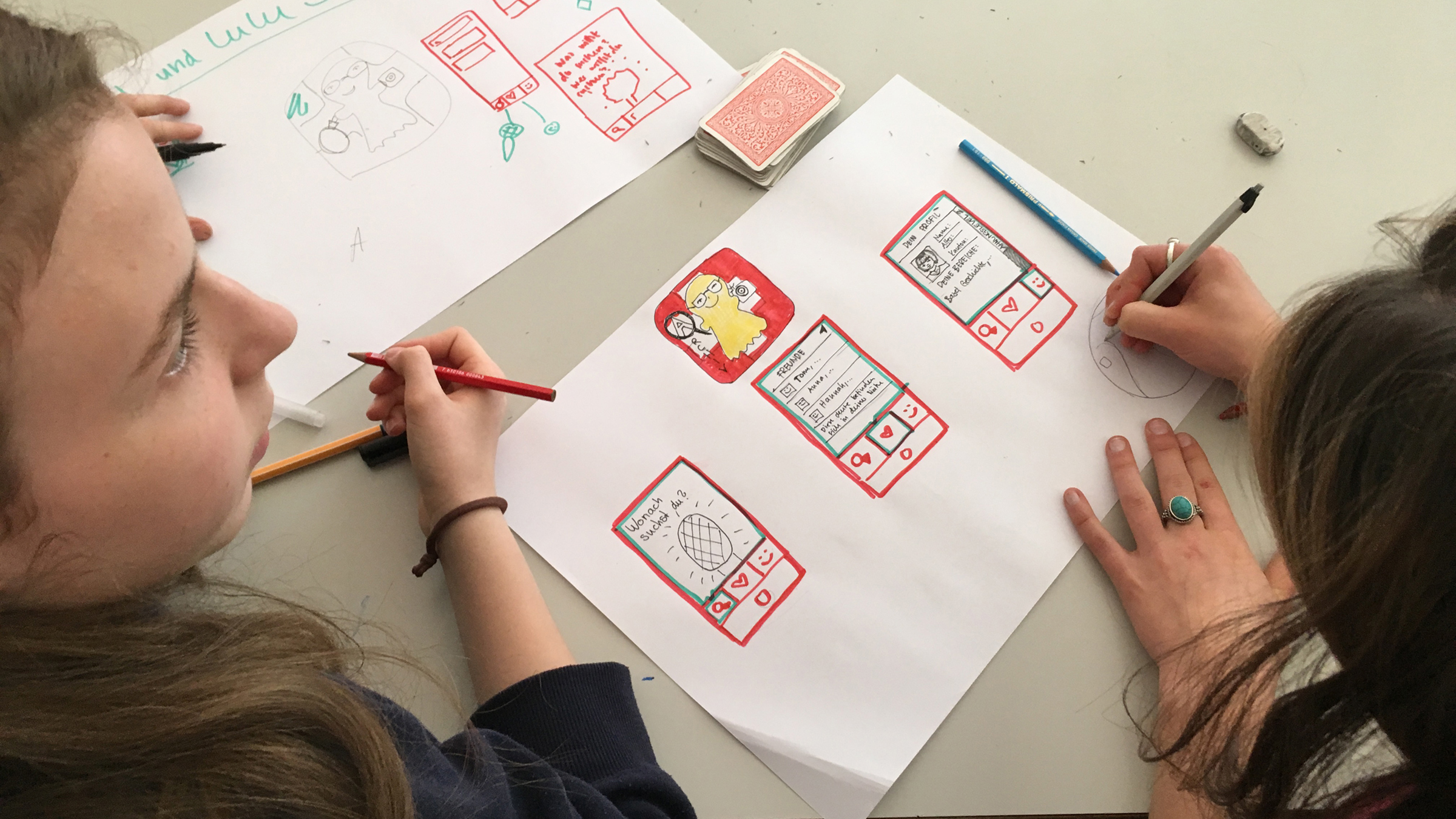
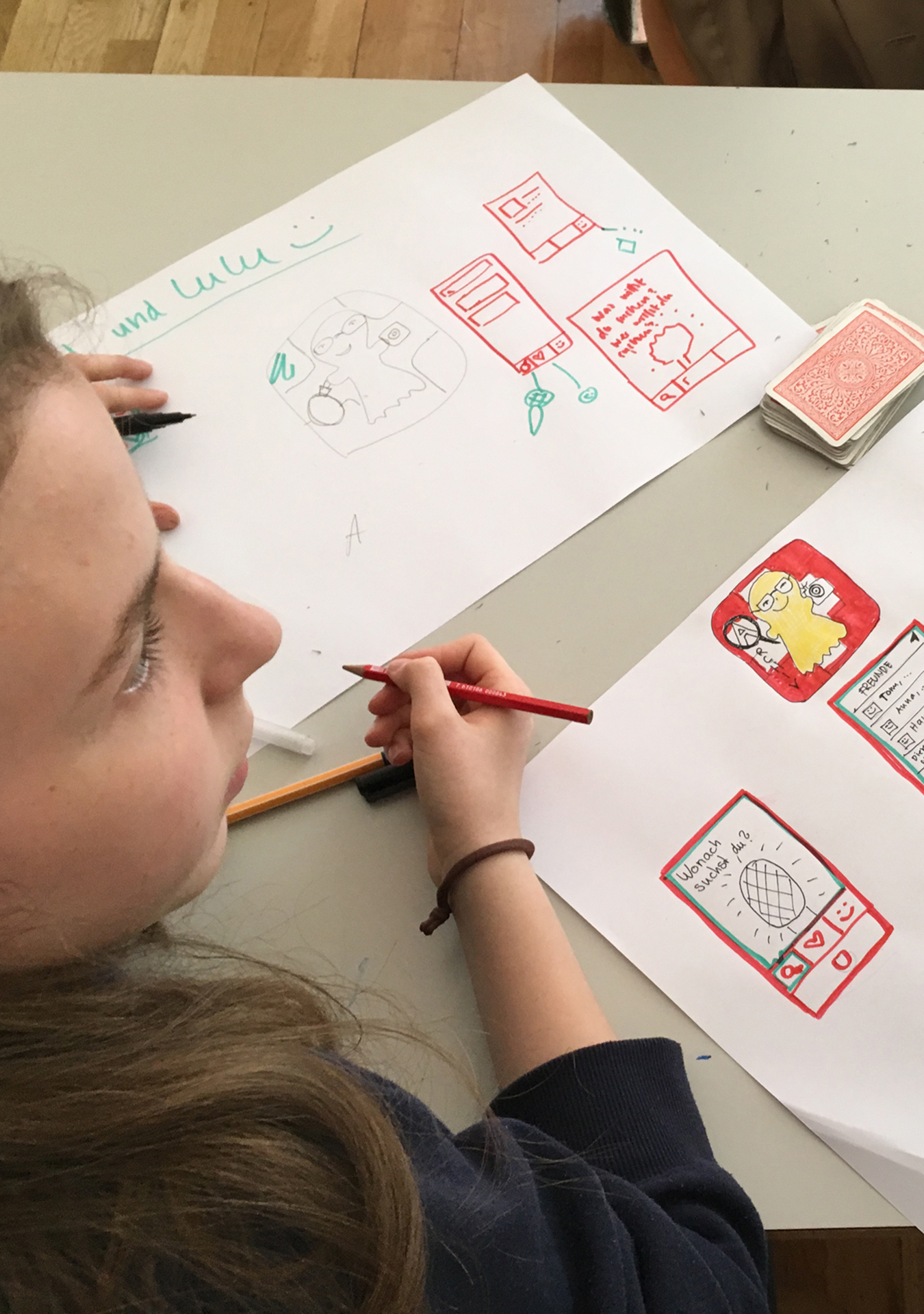
Imagining Science advised the State Archives Basel-Stadt and St. Gallen with developing their digital service design strategy.
The cantonal state archive, the repository for collective memory, safeguards, preserves and communicates the canton’s archival documents for near and far future generations. The public access to verified documents and information plays an essential role in a democracy.
Guided by this premise, the State Archive Basel-Stadt and State Archive St. Gallen jointly developed a multipurpose online access point to each archive. It meets today’s service needs compatible with the digital knowledge society and anticipates forthcoming.
The foundation for the online services Digitaler Lesesaal has been laid in a comprehensive development trajectory including institutional strategy, a participatory service design exploration and a user-centred service design strategy.
Digitaler Lesesaal State Archive Basel-Stadt
Digitaler Lesesaal State Archive St. Gallen
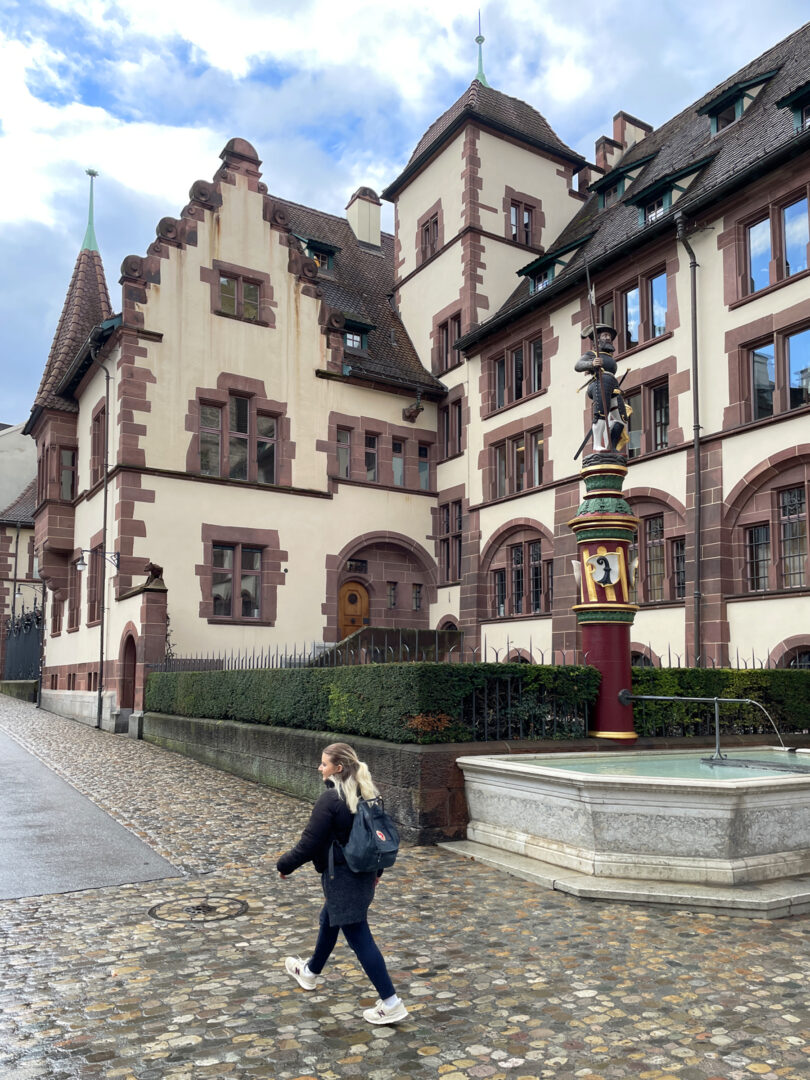
The State Archive Basel-Stadt is a subdivision of the Department of Culture in the Presidential Department of the city-canton Basel-Stadt. Since 1899, it has been at its present location in the heart of Basel in a historical building ensemble that also houses the Cantonal Council. N1 Around 25 employees take care of the implementation of the mandate stipulated in the Archives Act for safeguarding, indexing and communication. Beyond the records of the public administration the archive hosts a building plans archive, over 1200 private archives and an extensive picture collection. Alltogether the archive comprises 20 kilometres of archive material.

The State Archive St. Gallen, founded in 1803, preserves the records relating to the cantonal authorities, the administration and the institutions of canton St. Gallen. N2 Organisationally, the state archive is part of the Department of the Interior, located in the Office of Culture, seated in the historical building of the Cantonal public administration besides the Cathedral of St. Gallen. The archive records cover more than 10 kilometres. Every year, the archive grows by 100 to 200 metres.
Transformation process
The development of the online archives, Digitaler Lesesaal, has been part of a large transformation process. This includes the realignment of the institution’s strategy, advancing the organisation, building new infrastructures and offering public programs and other forms of dissemination to engage with users and visitors.
Strategy
Departing from the public mandate stipulated in the Archives Act, both state archives initiated a profound strategy process to take an inventory of the status quo, and to articulate its organisational vision and mission and to define the services to be offered to its present and future audiences.
Imagining Science was involved at an early stage in the archive’s strategic consultations to assure that human-centred service design thinking was integrated at the kick-off of the development projects. This significantly contributed to the advancements of the various innovation projects.
Digital Service Public
Since the 1990s, the archives worked on the digitalisation of their cultural assets. As an advanced Service Public, they need to anticipate on the steep rise of digital-born documents which are delivered in various formats, while paper files from the 20th century will still be archived. Increasingly the services have to be provided onsite and offsite, online and offline to meet the demands of mostly digital native users. Parallel, both institutions are embedded in ongoing digital transformation processes of each public cantonal administration.
The state archives, like museums, libraries and other public repositories, that once operated as an ‘invisible institution’, transform towards an entity with a distinct presence within the public domain. Central aspects of both archives will be multiple user-oriented digital and onsite touch points to the archives with accurate and transparent services.
Public programmes
Dissemination through communication, blogs and public activities will be progressively unrolled. Both archives have public programmes featuring lectures and exhibitions. N3 These programmes create life in the archives and cherish the development of engaged communities around the institutes with people who are interested in historic information and entertainment.
Relocation in a new building
Besides the strategy development, service design concept and the online archive application, the archives focus on their future infrastructures which will be situated in inviting buildings and space that responds to present-day needs. This architectural development triggers a new self-understanding.
In 2028 the State Archive Basel-Stadt will leave its current building, a historical monument. It will be relocated into a new building in the St. Johanns Quarter, outside the city centre. The State Archive St. Gallen considers relocating to a larger and modern facility at a later stage.
Public digital service design
The design of digital services is complex and involves many aspects to be considered. N4 Different from commercial services, designing digital services for public institutions requires a great sensibility for the civic nature underlying the services. A public archive is for everyone and must be accessible for all. The project started with developing a genuine understanding of how human- and citizen-centred services could be designed. The users and visitors of the provided services in first place are perceived as citizens and residents instead of consumers. The development of the online access points oscillates between user demands and the requirements as defined by the Archives Act.
Participatory service design exploration
Before designing service and technological solutions, the focus of the project was on analysing the user demands – the exploration of quality criteria of the future online and offline services.
In an extensive internal and external assessments the current services of both archives have been investigated. Existing and potential users (personas) N5 with different backgrounds and expectations were invited to participate in the service design exploration.
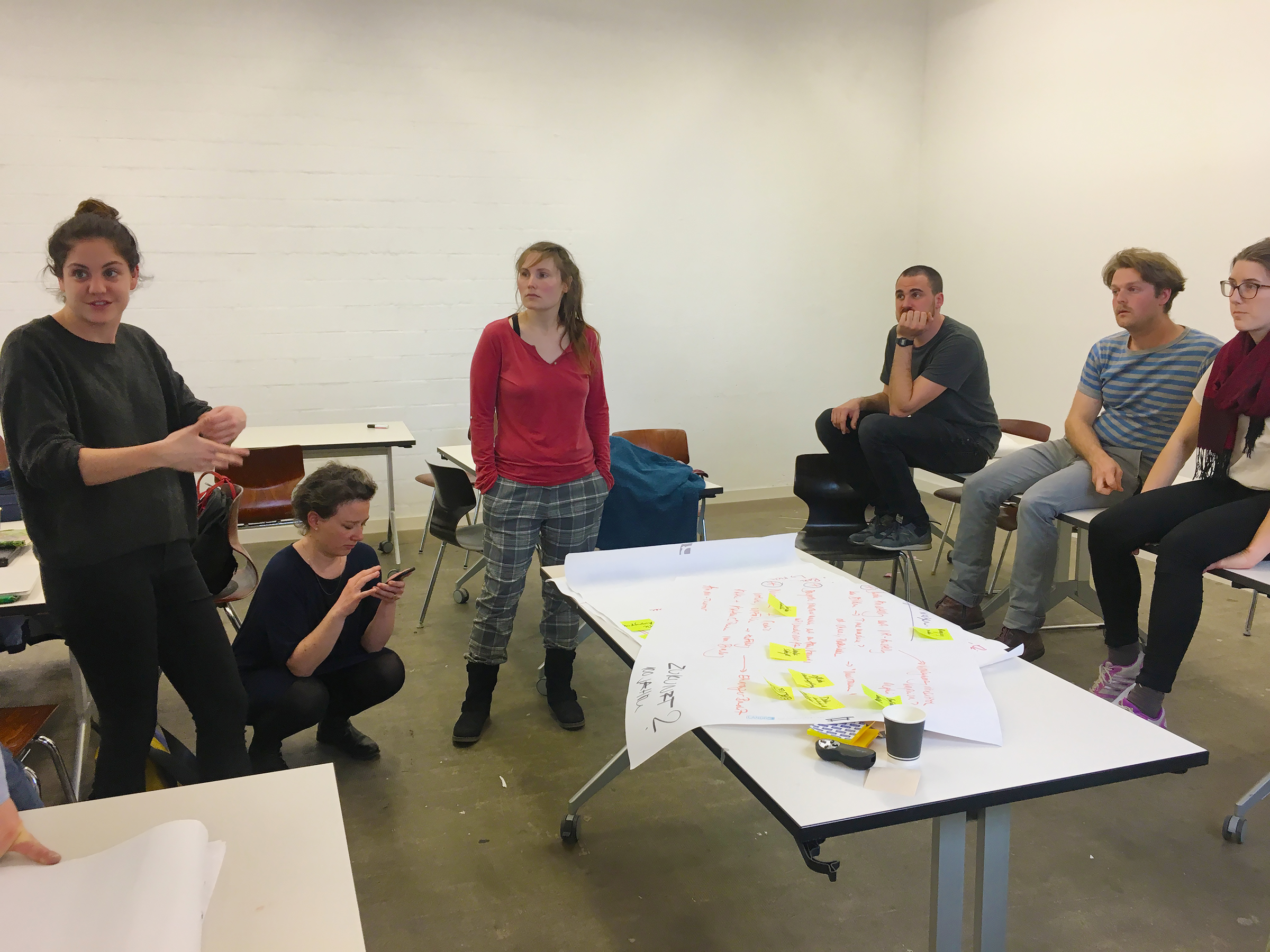
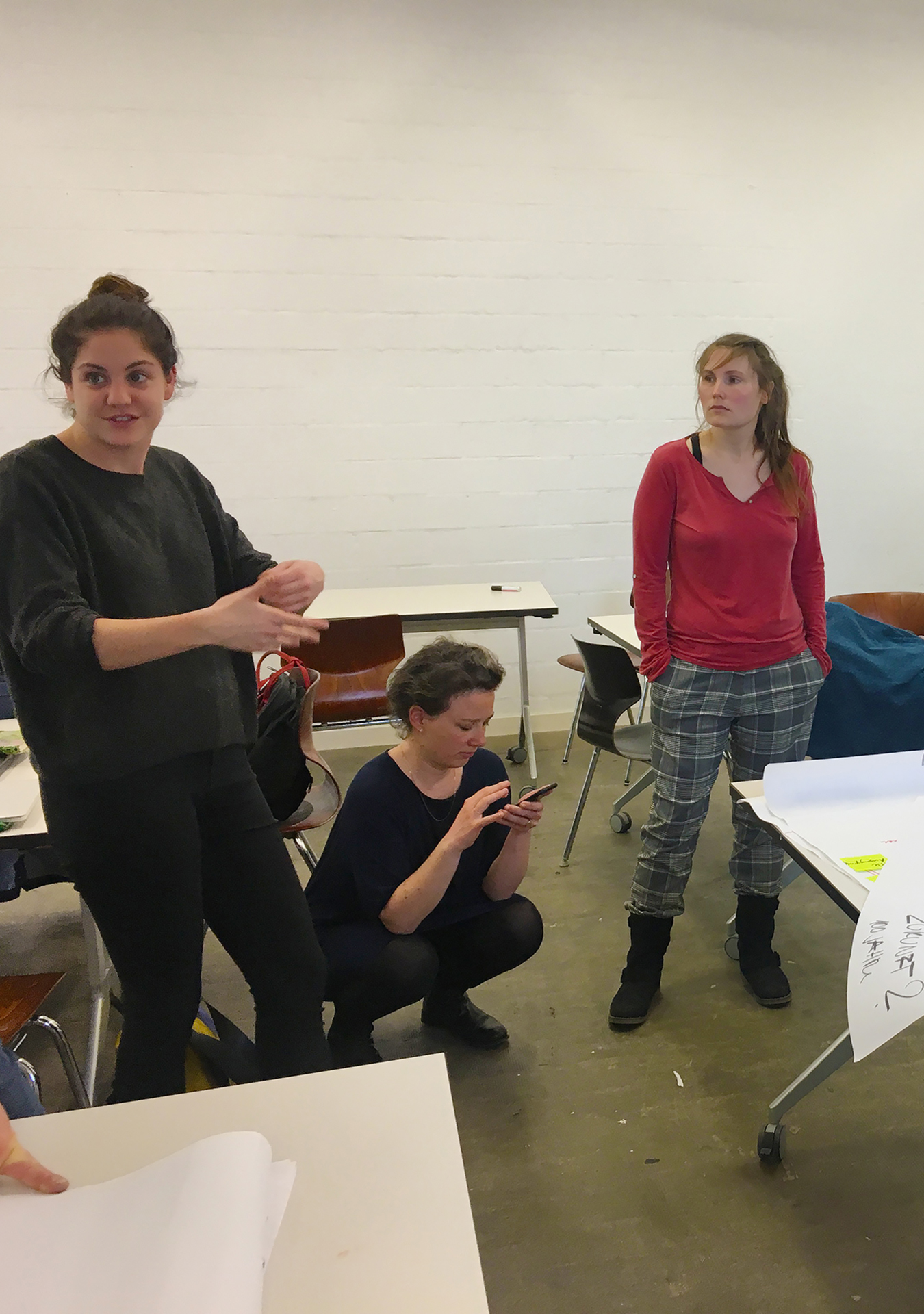
Exploration through co‑creation
Around 130 engaged individuals from 14 different persona and interest groups were invited to take part in explorative workshops. These session aimed at gaining a profound understanding about the users and their forthcoming needs, preferences and expectations.
The workshops series, conducted in Basel, Zurich and St. Gallen, focussed on people’s perception on the archives and considering their public function. Participants explained their offline and online search, research and information habits as well as their usability desires. Through co-creation, by modelling and drawing, the dialogues were facilitated. Finally, viewpoints and priorities were gathered and analysed with the participants.
Easy access, Personalisation and Experience
Central topics were the improvement of smooth digital services (“mobile first”), such as unlimited browsing through archive material with little media disruptions and digital obstacles as possible. Personal online work environments in which users can save queries and make own archival collections were demanded. Various forms of online collaboration and exchange between users and between users and archive personnel has been addressed. Furthermore, the potentials of gamification and playful experiences with historic information and artefacts in settings with low thresholds were thematised.
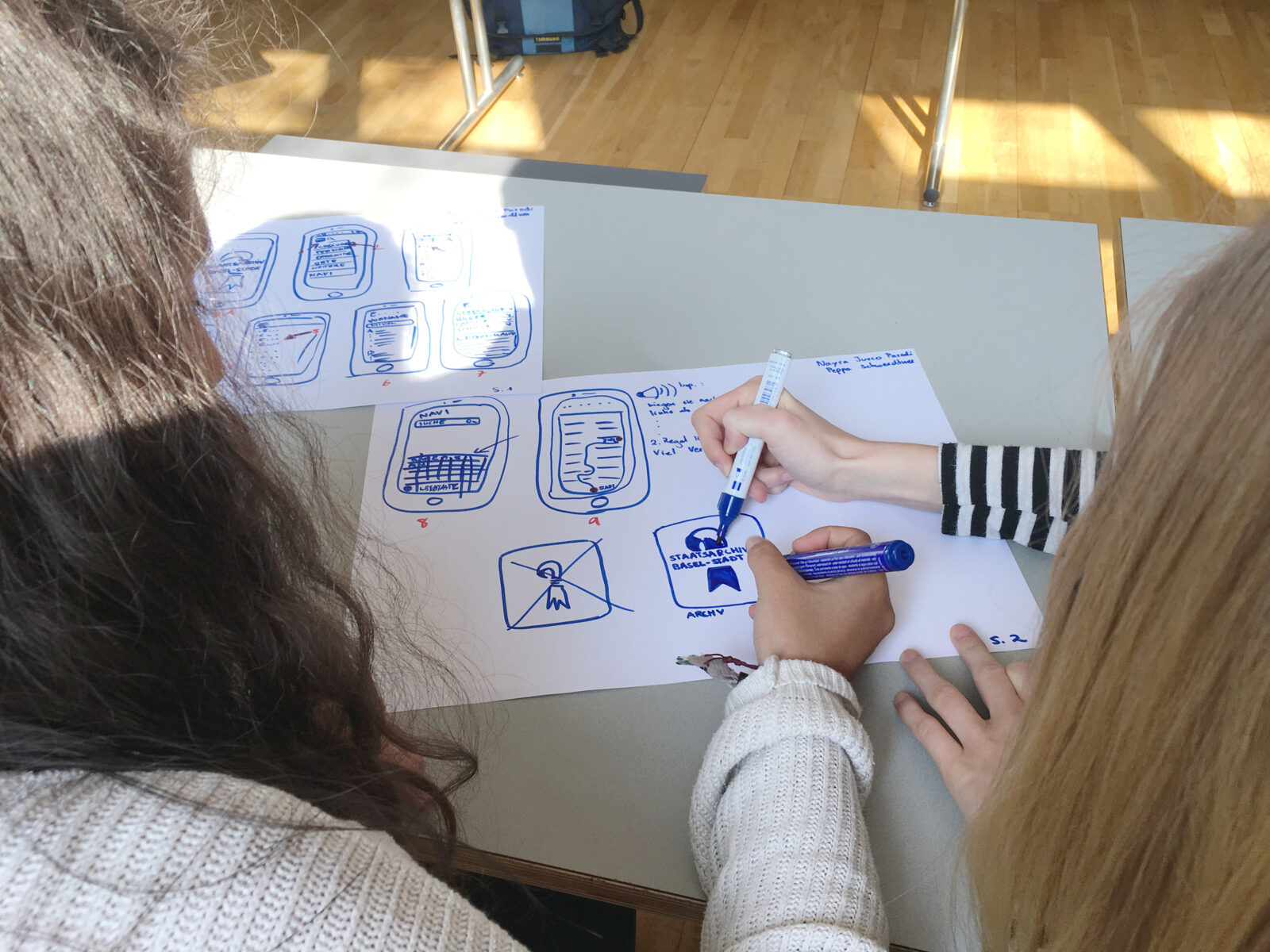
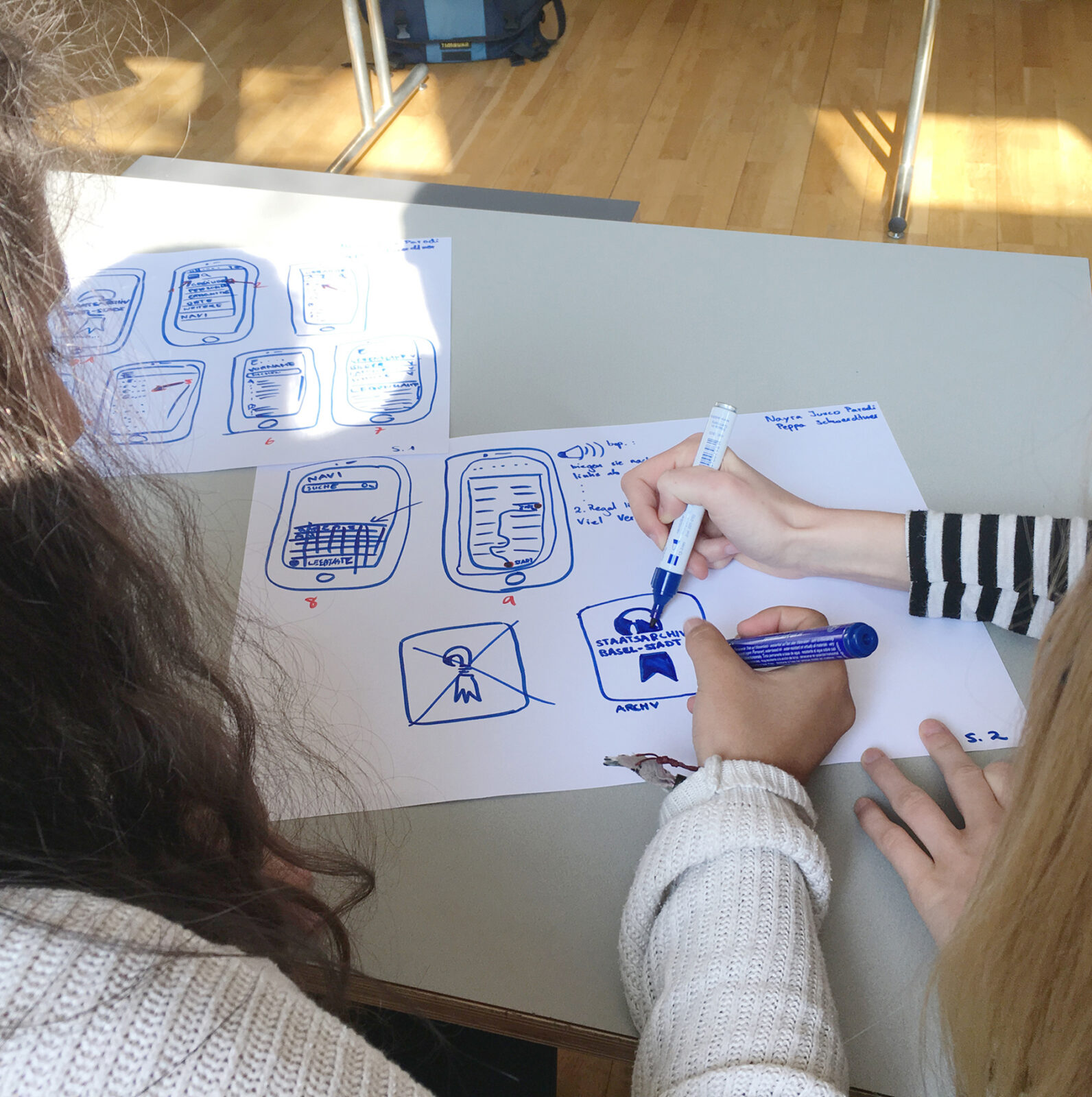
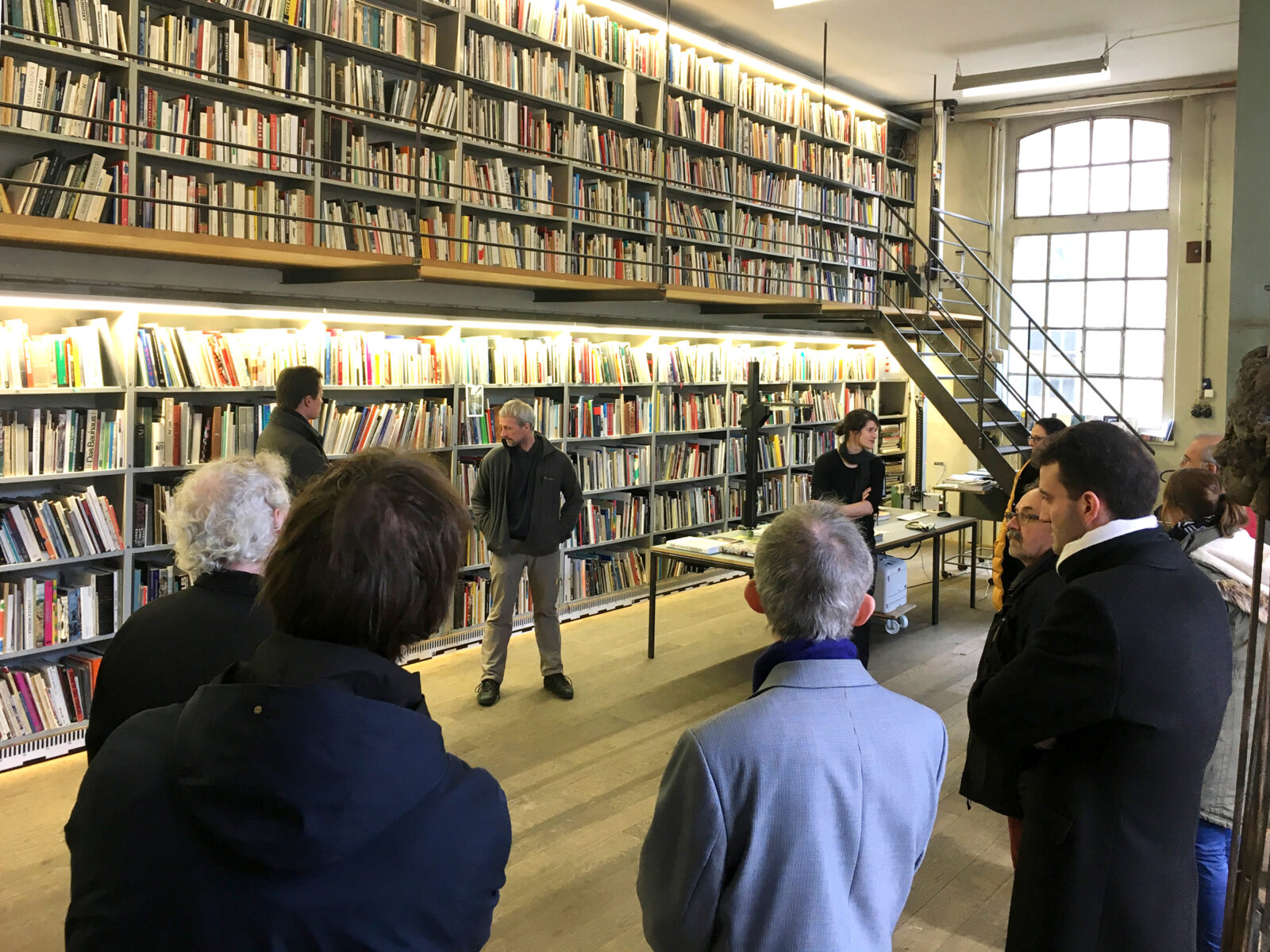
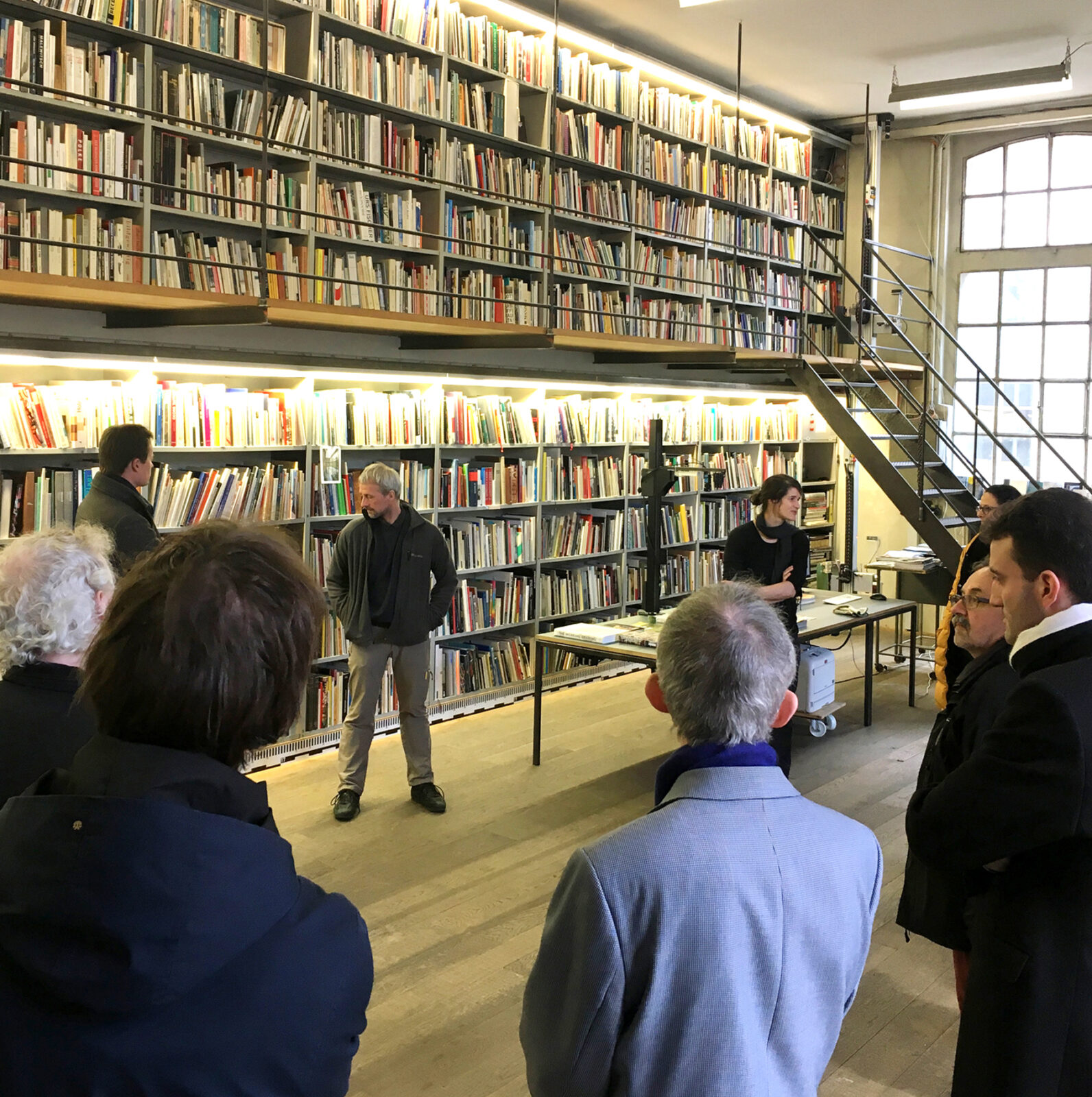
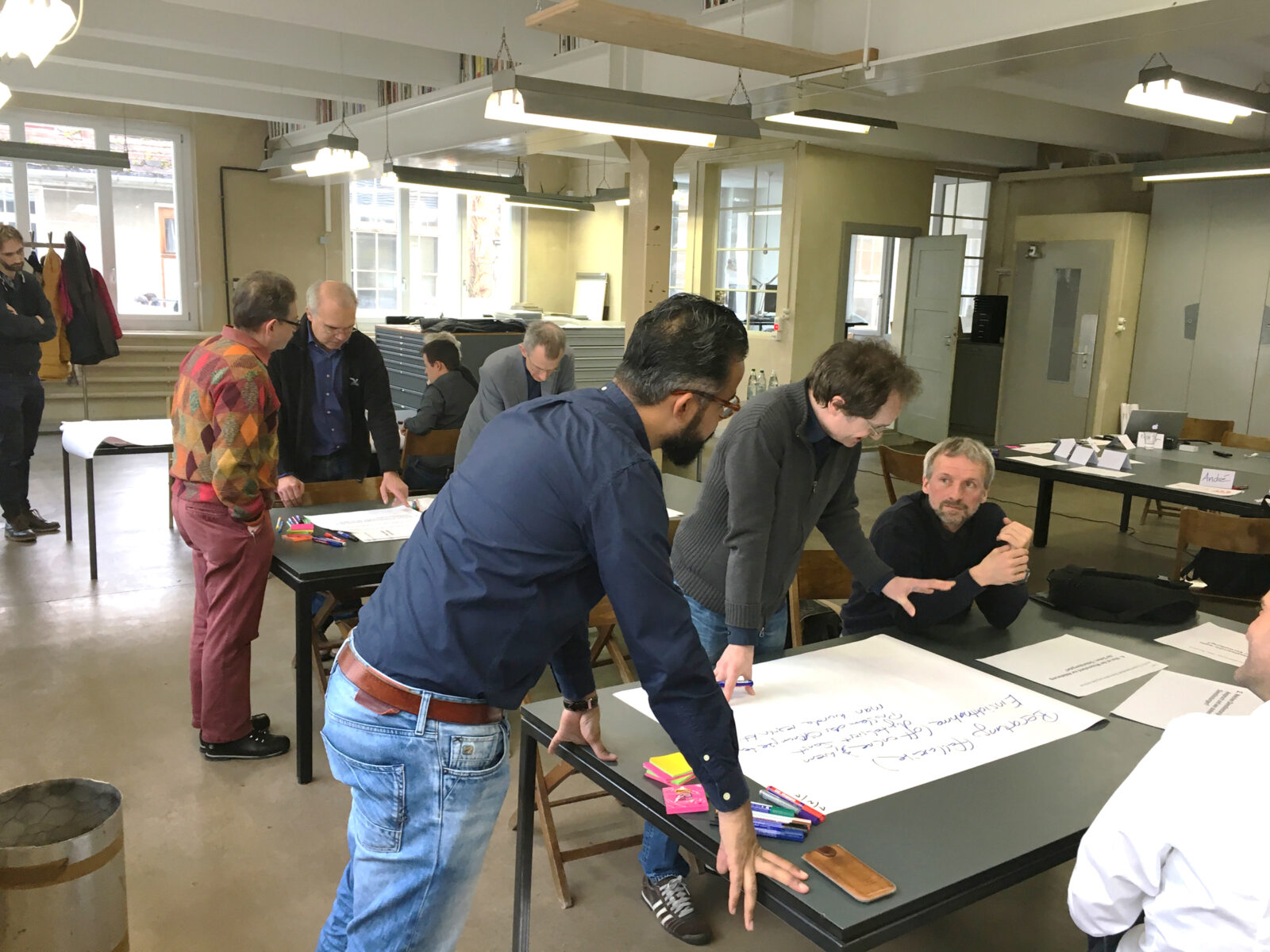
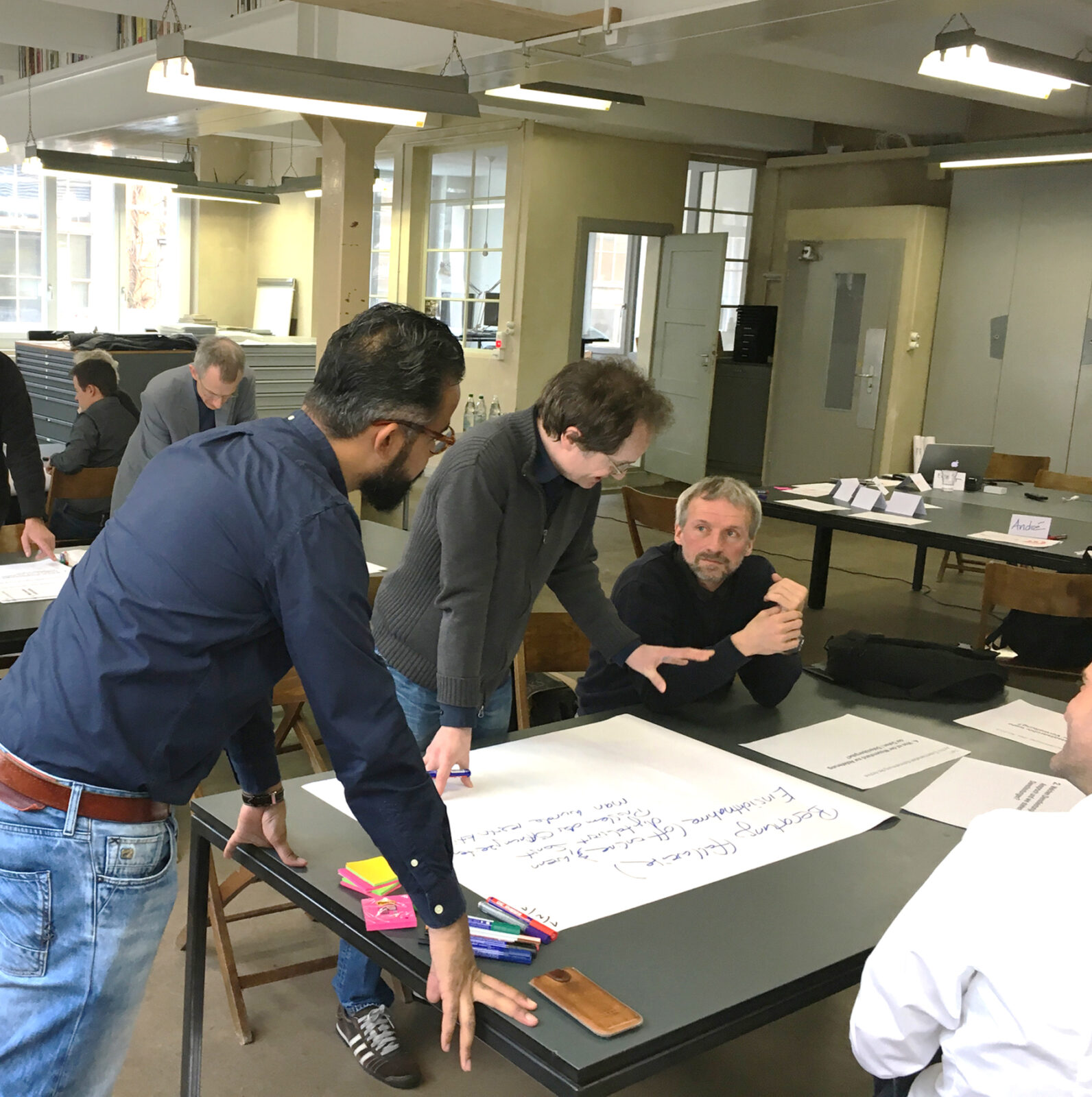
Mapping experience journeys
A state archive delivers a large number of different services at various touch points with individual users and user groups. These on- and offline services and interactions on site are connected with the operational procedures and guidelines for particular types of documents and users defined by the Archives Act. While the majority of documents can be easily consulted, some documents are subject to retention periods and others can only be viewed under special conditions.
Over 20 onsite on- and offline and offsite online service typologies N6 were examined through service journey mapping. Current user perspectives at the service touch-points and back office processes were simultaneously evaluated for each state archive. Based on the experience journey mappings future scenarios for each service typology were considered and outlined in service blueprints. N7 In parallel the outcomes of the user exploration were analysed and compared with existing approaches to digital service design of public institutions.
Service design strategy
Conclusions of the exploration in which internal (archives) and external (users and visitors) perspectives on the state archives were brought together, formed the groundwork for the service design strategy. Together with the institutional strategy, the internal processes, guided by legal mandates and the service design strategy pointed out the future direction of the service-offer of each state archive.
The service design strategy builds upon six service narratives which together adds up to the main narrative of the archive:
- The archive facilitates professional information transfer and knowledge production
- The archive is an online and physical place for learning and developing
- The archive is a reliable public institution where citizens pursue private civil legal interests
- The archive supports cultural production and online and/or onsite medial mediation of historic archival material
- The archive invites online and/or onsite users and visitors to browse, explore and enjoy informative and entertaining offers
- The archive is a place for online networking and/or meeting onsite. A place where communities can share findings and exchange perspectives.
These narratives explain what the archives offer to their users and visitors online and onsite. Additionally they legitimise the state archive as a distinct public institution concerning the safeguarding, preservation and dissemination of public archival materials and cultural assets.
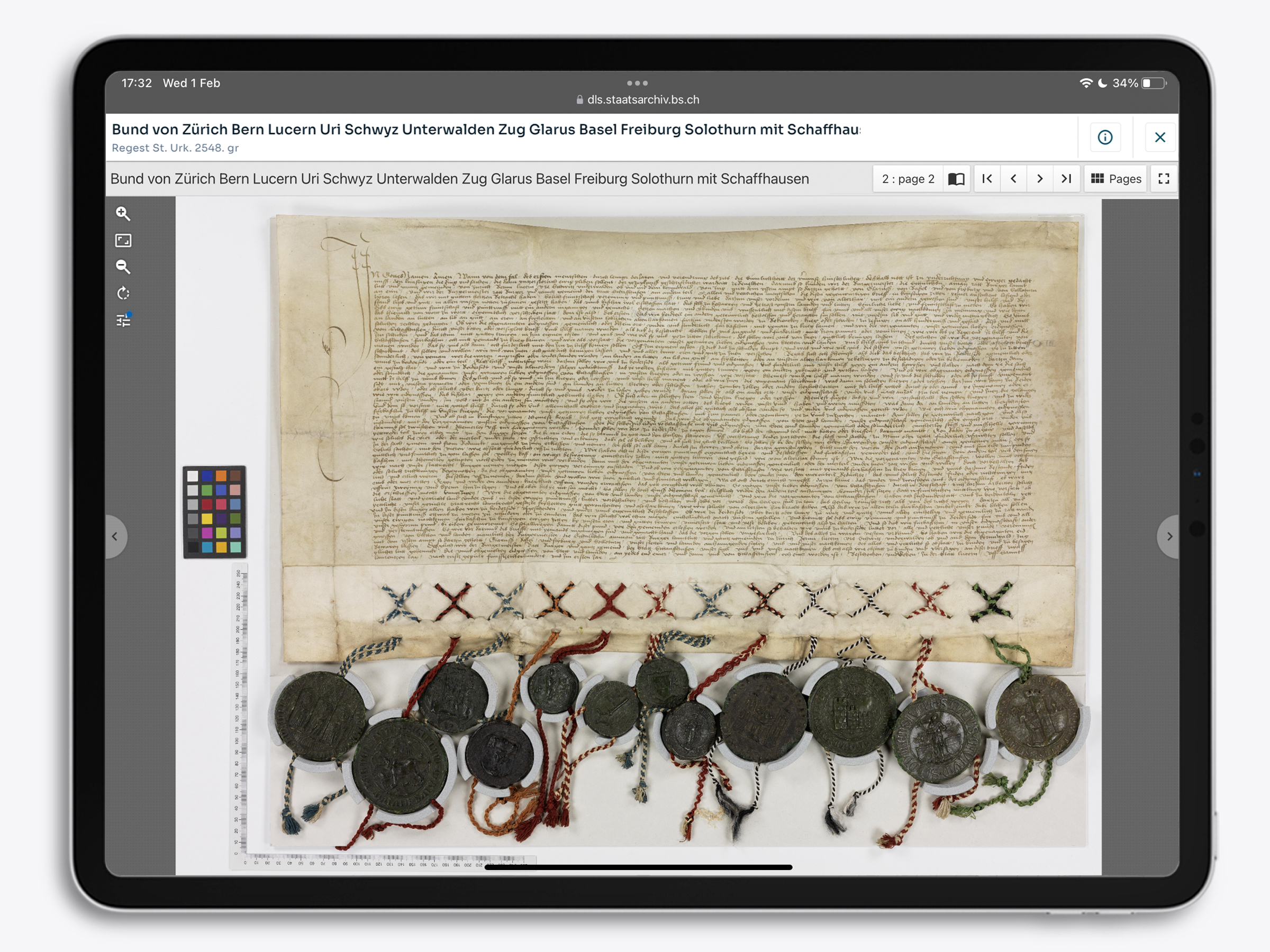
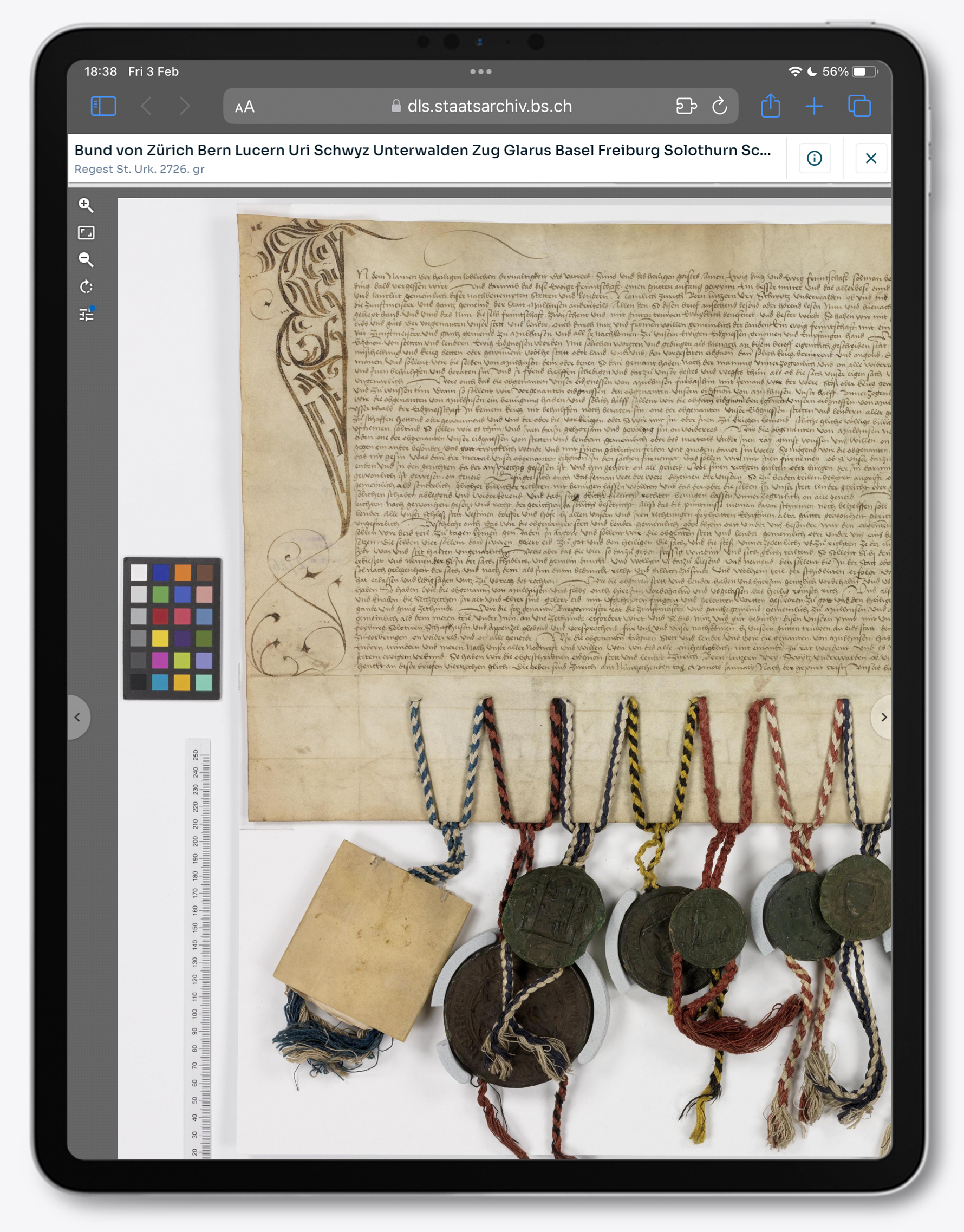
Online application
After eight years the development of the online archives and services reached a pinnacle by the release of the online application of each state archive. The user interface enables users to search and browse through high resolution archival materials in an easy way. With a user account additional interactive services can be used.
On the basis of the service design strategy and insights collected throughout the entire service design exploration and development process a conceptual and technical program of demand for the online application has been defined. The implementation of the online application took place by means of a public tender. For both archives 4teamwork (Fabasoft) was selected to realise the implementation of the application, which finally was delivered in 2022.
Both applications can be explored at State Archive Basel-Stadt and State Archive St. Gallen.
Media resonance:
ABI Technik De Gruyter (09.08.22)
Innovator’s Guide Switzerland (11.22)
Kanton Basel-Stadt (24.11.22)
Kanton St.Gallen (24.11.22)
Basler Zeitung (24.11.22)
stgallen24.ch (24.11.22)
Inside IT (25.11.22)
east#digital (25.11.22)
- Commissioner
State Archive Canton Basel-Stadt
State Archive Canton St. Gallen- Location
Basel-Stadt, St. Gallen
- Year
- 2016-2018 (launch 2022)
- Project type
- Consultancy, Digital service design, Service design research, Strategy
- Field
- Archive
- Status
- Completed
- Project partner(s)
State Archive Canton Basel-Stadt: Esther Baur (director/ State Archivist), Lambert Kansy (project coordinator, Daniel Hagmann, Hermann Wichers
State Archive Canton St. Gallen: Stefan Gemperli (director/ State Archivist), Martin Lüthi (project coordinator)- Project lead
Evert Ypma
- Project team
Manuela Eigenmann
- Collaborators
Around 130 representatives from education and didactics, creative industries, citizen researchers, public services, science, users with migration backgrounds, elementary school pupils, art and design students, architecture and building industry, business in the Cantons Basel-Stadt and St. Gallen have contributed to the service design investigation.
- Production
Application by 4teamwork (Fabasoft)
- With thanks to
ETH Zurich, Archive of Contemporary History
Sitterwerk, St. Gallen
Gymnasium Leonhard, Basel
FHNW, University of Applied Sciences and Arts, Basel
All participating volunteers



